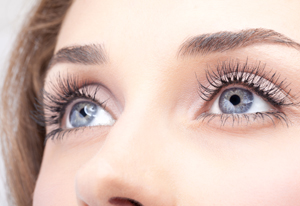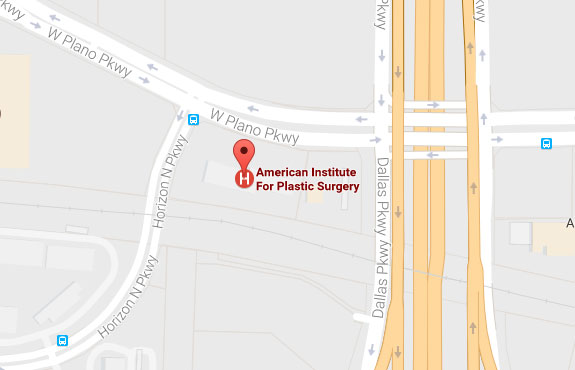The Procedure Used to perform Eyelid surgery

Eyelid surgery (Blepharoplasty) is a surgical procedure to remove skin, muscle or fat from areas of upper or lower eyelids to correct droopy eyelids. The surgery is opted for cosmetic purposes as an anti-aging treatment to rectify under eye bags and sagging eyebrows. In some cases it is also opted by patients looking to correct their vision obstructed by sagging skin.
1. Consultation with the Doctor:
- If a person with sagging skin around the eyes wishes for medical intervention, a consultation with a doctor should be the first step.
- The doctor will conduct a thorough examination, conduct tests and determine whether the person is fit enough for the procedure. Patient is also informed about realistic expected outcome from the surgery.
- Preexisting medical conditions, prior history of the patient and a general state of health are considered and a surgery is scheduled.
2. Actual Procedure:
Administration of anesthesia: Depending upon the patient, the severity of the case and the time that may be required to perform the surgery, local or general anesthesia is administered.
In most cases, local anesthesia or a numbing agent is injected on the eyelids of the patient. The patient is then awake during the course of the surgery. In rare cases where the procedure is complicated or the patient is undergoing any other additional procedure, general anesthesia is administered.
The surgery is performed on upper or lower eyelids or both at the same time. Upper eyelids are operated on first and small incisions are made to remove the excess skin, muscle or sometimes fat and the incision is closed.
The incision on the lower eyelid is usually made beneath the lower eyelashes and fat from under the eyes and some skin is removed. The incisions are made with precision and in a way that they are unnoticeable after the surgery. Sutures are placed to the areas after removal to close and smooth out the surfaces. The procedure lasts anywhere from 45 minutes to 2 hours.
3. Post-surgery Recovery:
The recovery after the surgery is quick and patients are discharged the same day unless
they experience any side effects. The patients should rest for a few days after the surgery and minimize direct exposure to sunlight.








